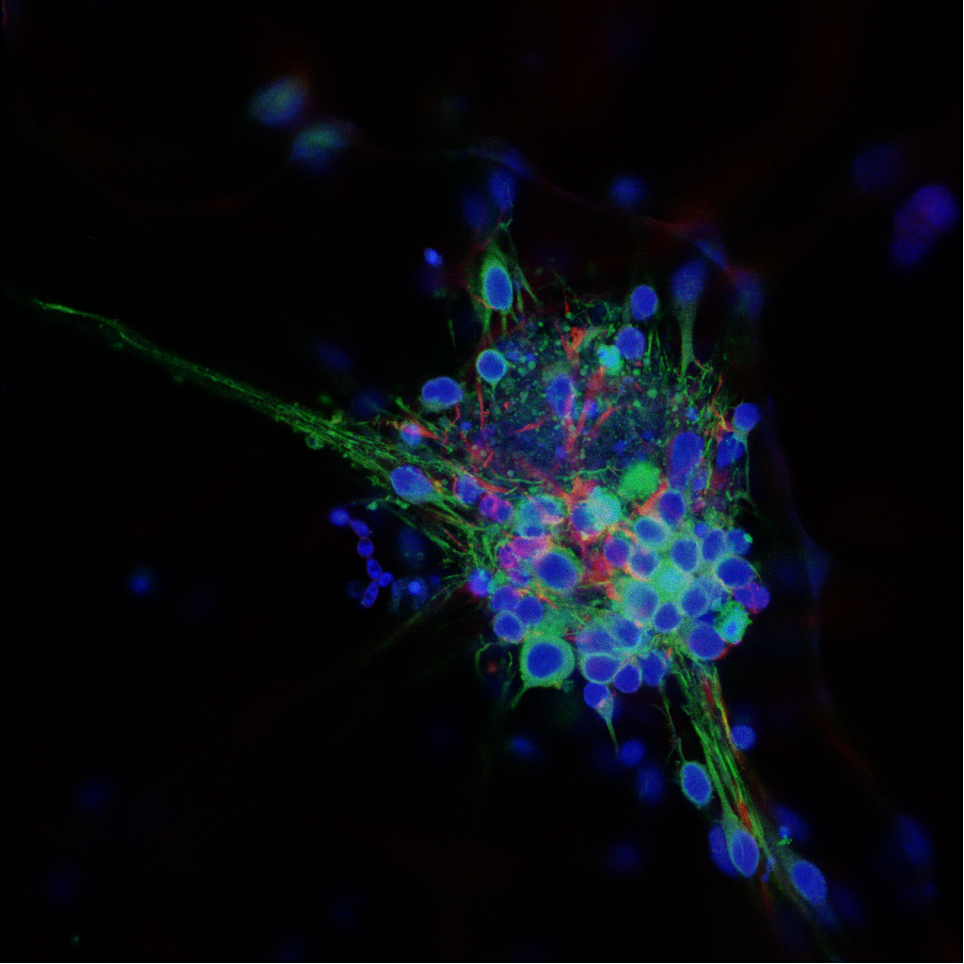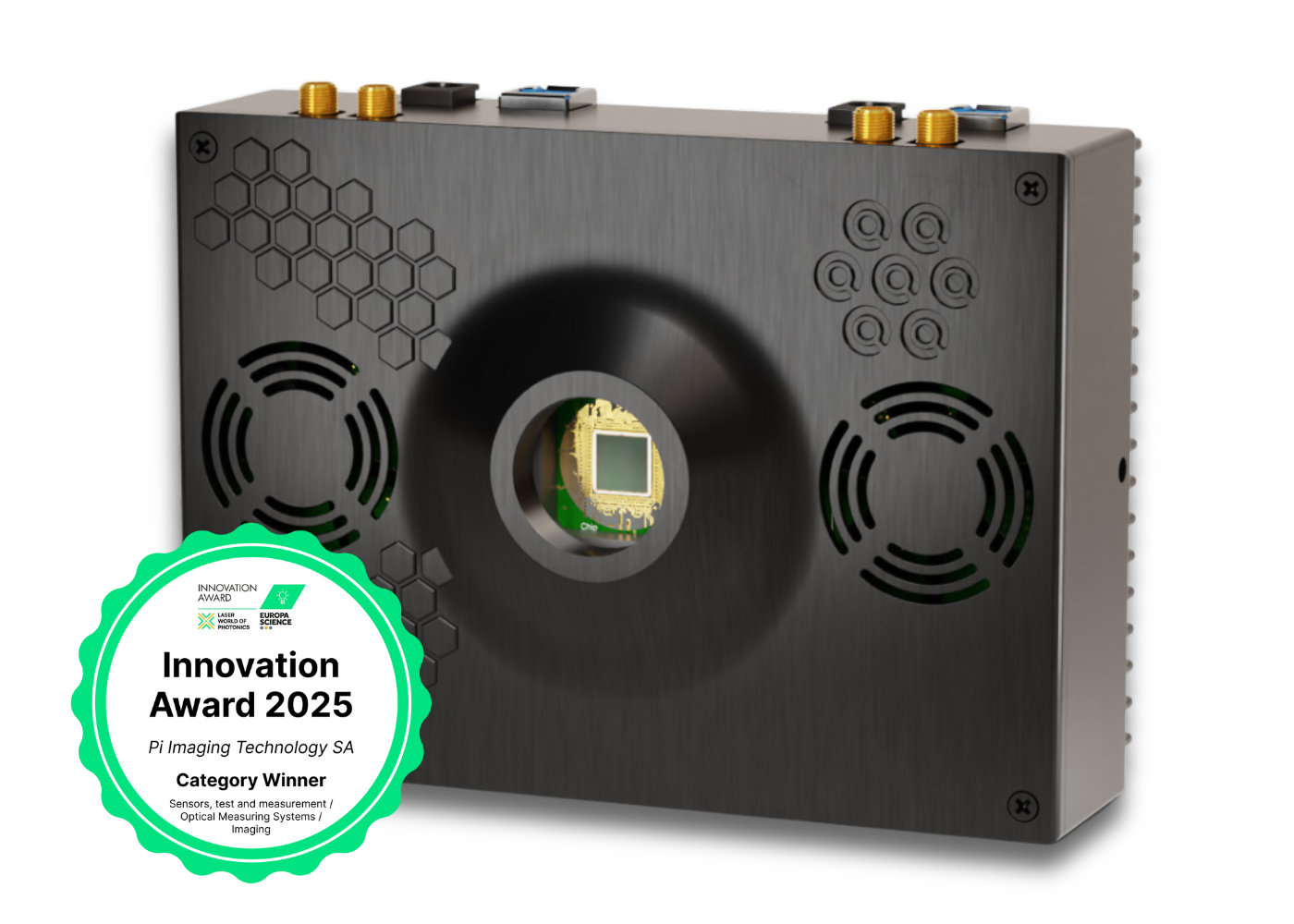
SPAD sensors and cameras designed for life sciences
Reveal new biological insights with high-sensitivity SPAD imaging.
Trusted by technology leaders











Improve sensitivity, extract molecular lifetimes and reduce sample damage
Life science applications utilize advanced techniques to study biological processes and states. Two prominent techniques are microscopy and flow cytometry. Within microscopy, confocal microscopes are the most advanced instruments providing excellent spatial resolution and high contrast when observing molecules, proteins and cells. Flow cytometers analyze multiple properties of cells rapidly flowing through a fluidic system. Both techniques usually color cell structures with bright fluorescent dyes to label specific structures of interest or to increase the contrast.
These techniques are sensitive to sample damage due to overillumination. Thus, a high-sensitivity detector like a single-photon avalanche diode (SPAD) is needed. These techniques also require a high speed system due to scanning (in confocal microscopy) or the rapid flow (in flow cytometry). FLIM, additionally, requires precise picosecond timing precision.
Benefits of SPAD technology
for life science applications
Single photon sensitivity
Due to high sensitivity, our detectors offer unprecedented data quality and image sharpness.
Picosecond timing precision
Extract molecular lifetimes with time-correlated single-photon counting (TCSPC).
Low sample damage
Use increased sensitivity to reduce acquisition time, phototoxicity and sample bleaching.
Discover some of our life science applications

Confocal microscopy
SPAD arrays solve the main confocal challenge, the fundamental trade-off between signal intensity and resolution.
Explore our SPAD technology with guides, case studies,
success stories, and more to make confident decisions
27-05-2025
Comparison between SPAD and EMCCD cameras in low-light conditions
22-07-2024
Target and multiplex different species with high sensitivity and specificity, providing a fast and noninvasive readout.
25-09-2024
A Concise overview of SPAD technology and its applications in diverse fields
View our products
A high-performance single-photon detector array. SPAD 93 is a detector array with 93 hexagonally packed single-photon avalanche diodes (SPADs) with best-in-class performance. Direct photon-counting and photon-time tagging to enable a wide range of single-photon detection applications.
A linear detector with a 320×1 SPAD array. This detector features both fine time gating and individual photon arrival timestamping circuitry, ideal for time-resolved spectroscopy. This spectral detector features microlens-enhanced detection performance and low dark noise.
An award-winning high-performance single-photon camera. SPAD Alpha is a photon-counting camera for high-speed imaging. The core of the camera is a SPAD image sensor with 1024×1024 pixels. Photon counting with up to 73’000 frames per second and zero readout noise is achieved.
Custom SPADs

We offer the design and development of custom or customized detectors as a service. The Pi Imaging Technology team has an accumulated experience of over 20 years in the design of SPAD-based sensors.
Request a quotation today!
Sales
Technical Support
Other
Pi Imaging Technology SA
a ZEISS company










